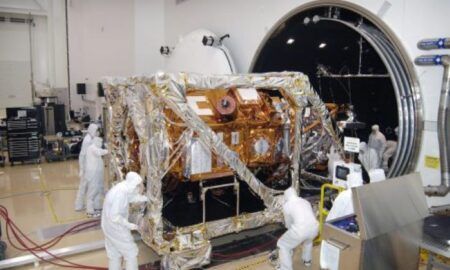The Perlan 2 test flight program took a significant leap forward last week with a successful first pressurized flight on February 28 from Minden, Nevada, USA. This begins the validation of the system that will keep the crew alive in atmospheric conditions similar to those on Mars.
The Perlan 2 glider is designed to soar on wind currents to 90,000ft as it researches high-altitude flight, climate change and the potential for wing-borne travel on Mars.
Perlan 2 relies on mountain waves – updrafts generated by winds crossing mountain ranges – to carry it aloft. To reach the record-breaking altitudes for its research program, the team will move later this year to Argentina where mountain waves fed by the south polar vortex travel all the way to the stratosphere.
Although the air density at 90,000ft is just 2% of the density at sea level, the pressurization system will maintain a cabin altitude of 15,000ft. The system allows pilots to safely operate without wearing the bulky pressure suits that hampered previous efforts to soar to the stratosphere in the unpressurized Perlan 1 glider. The crew of Perlan 2 breathes 100% oxygen from a rebreather system that is similar to that which astronauts use in space.
Read more on this story in Aerospace Testing International here.
March 10, 2016




